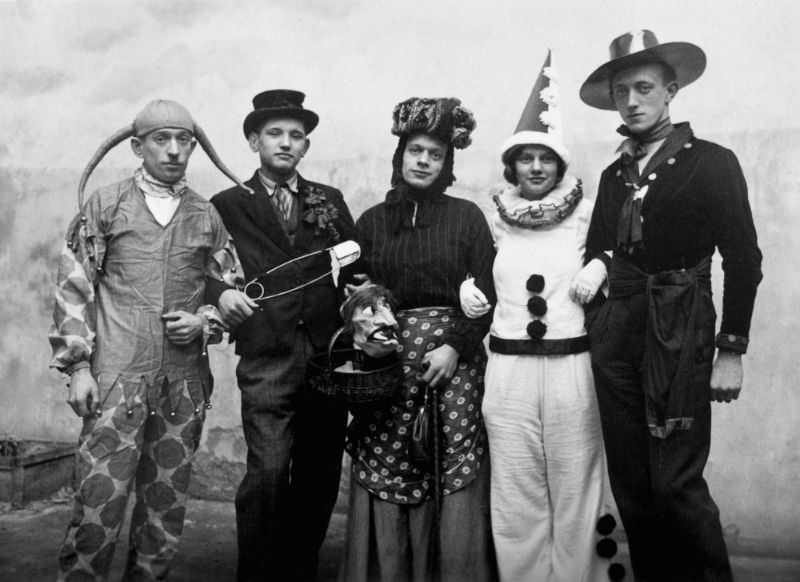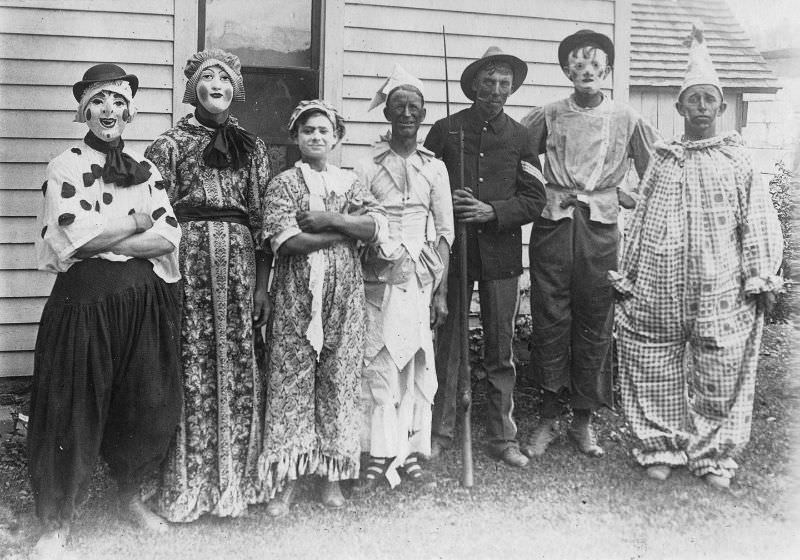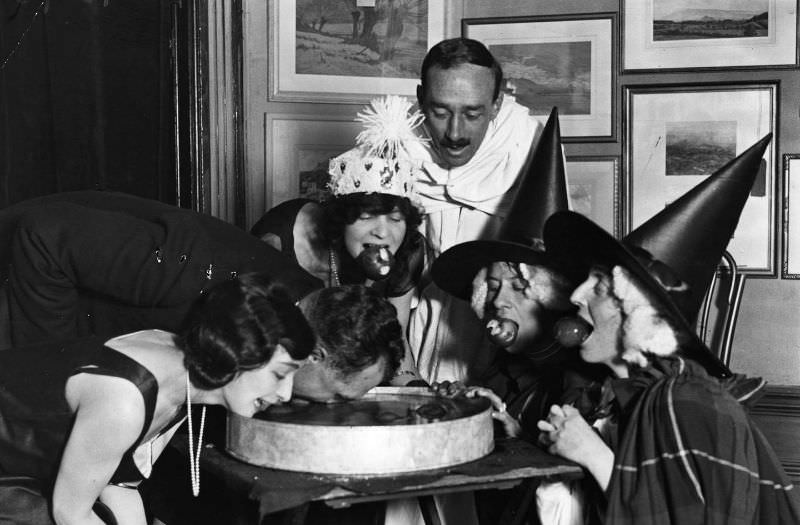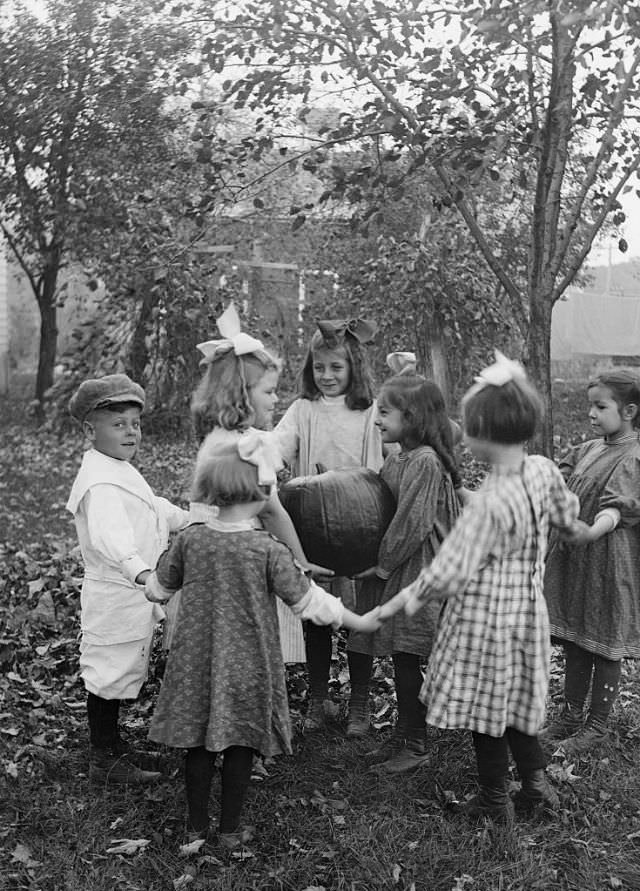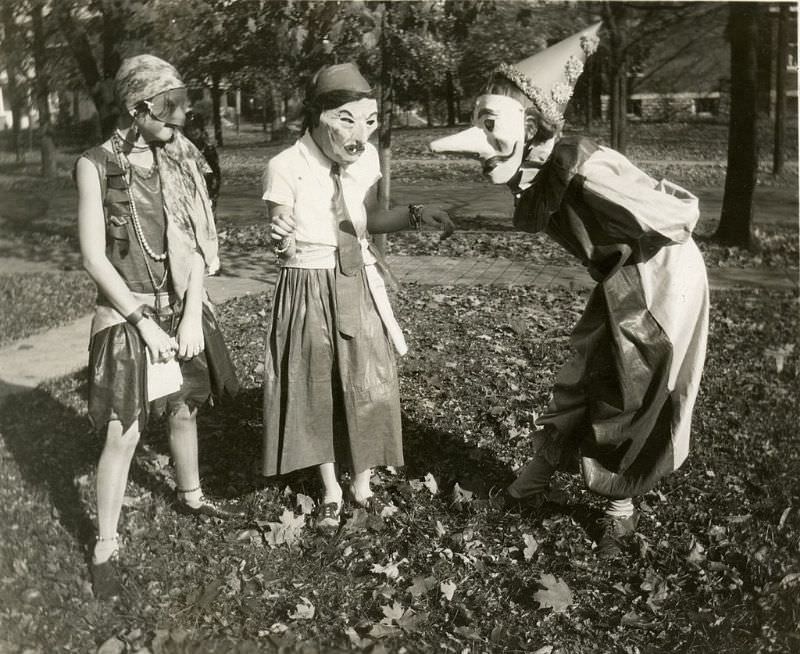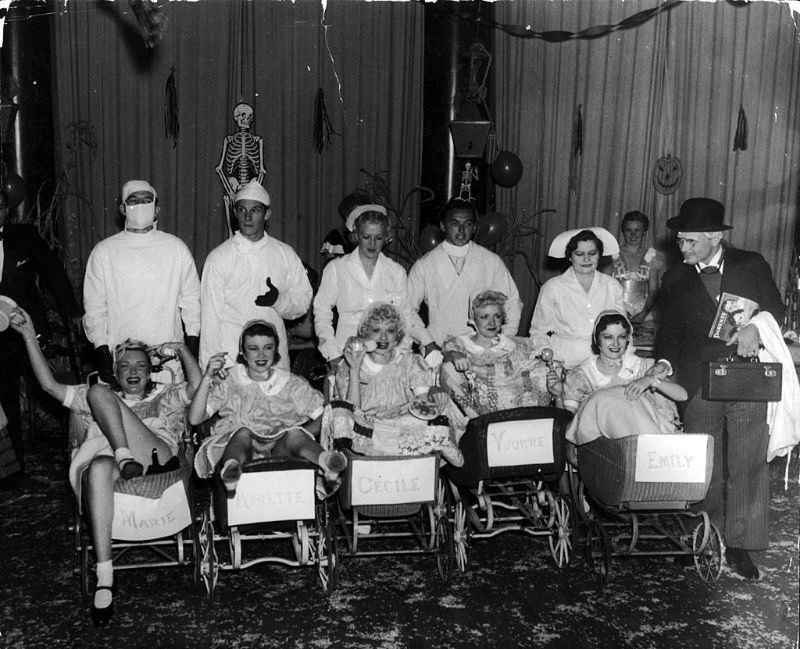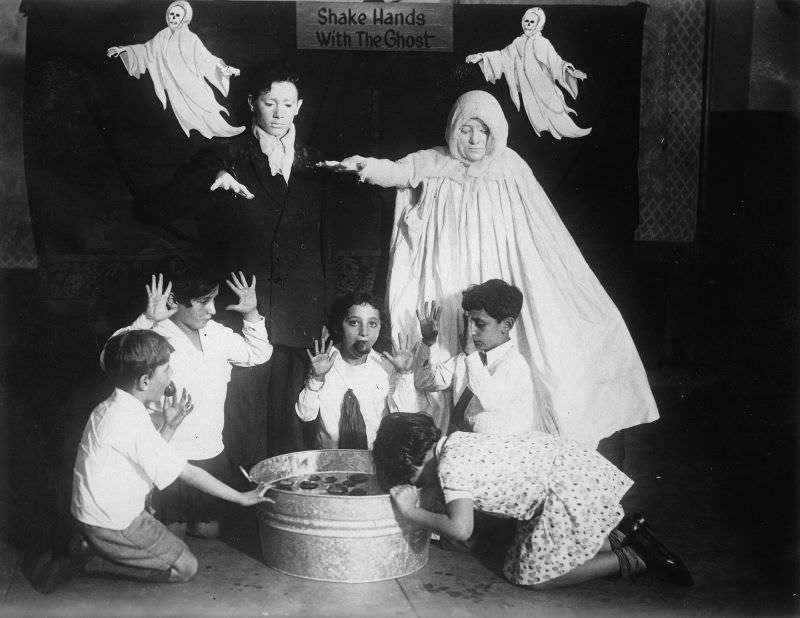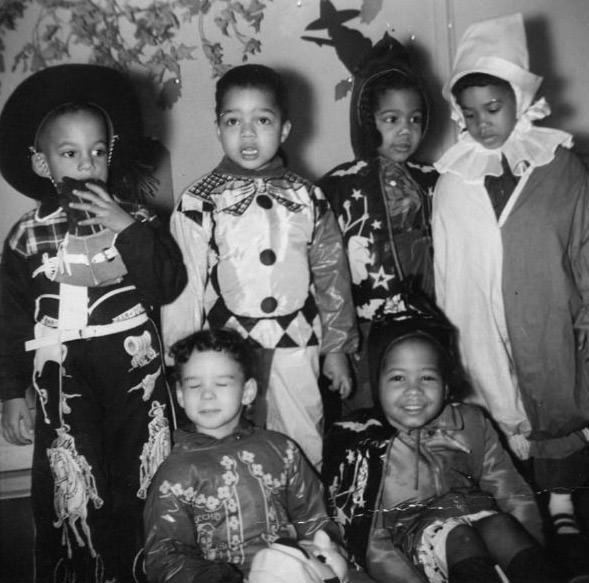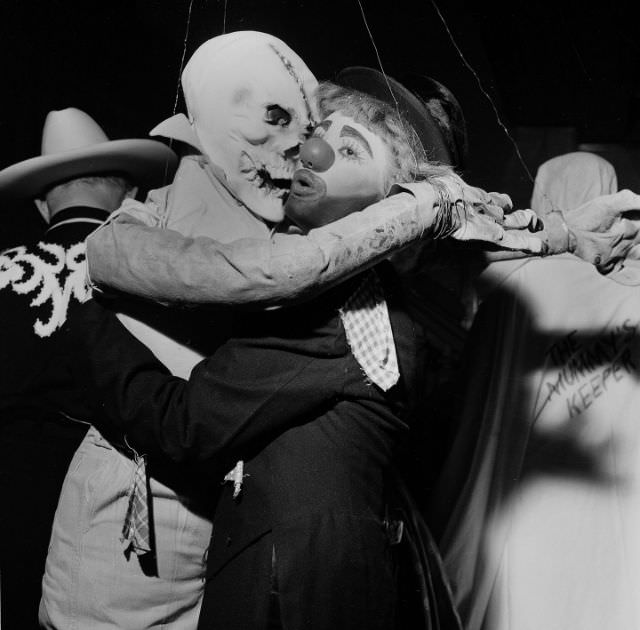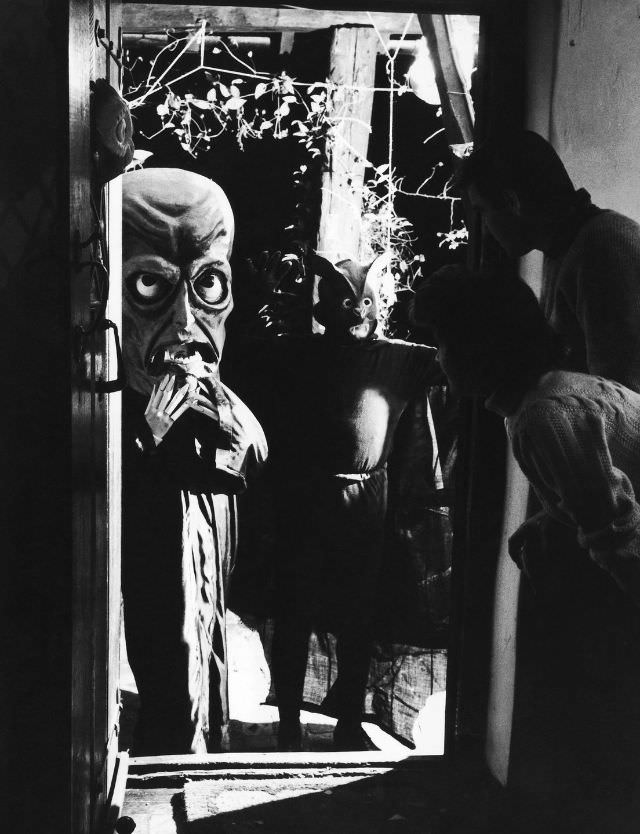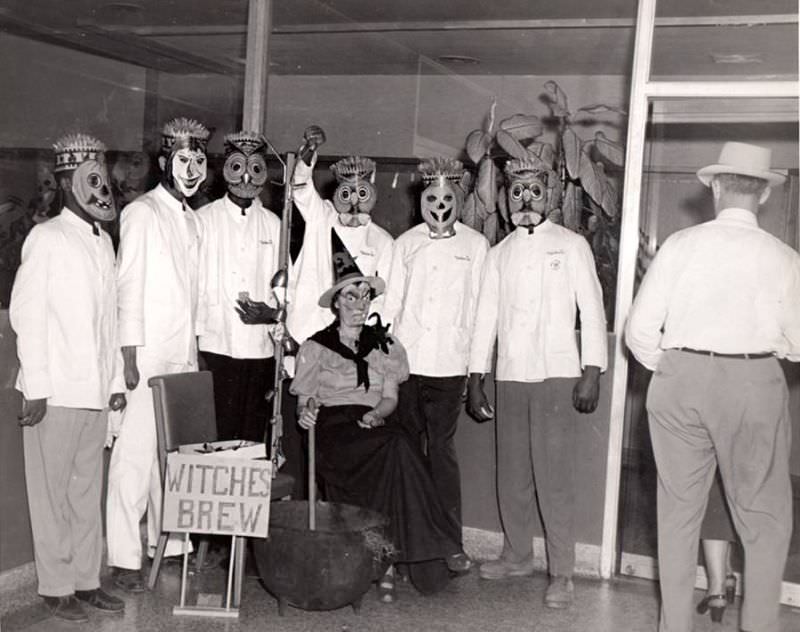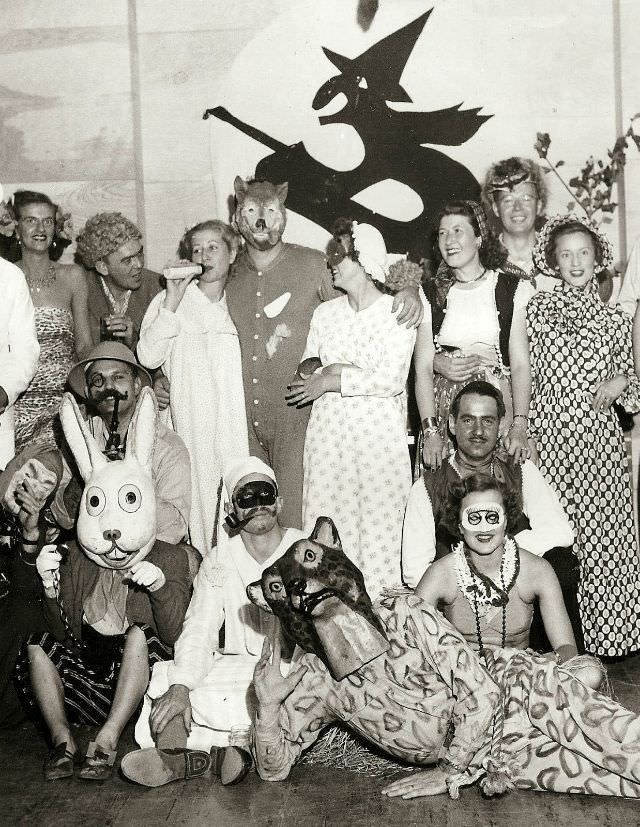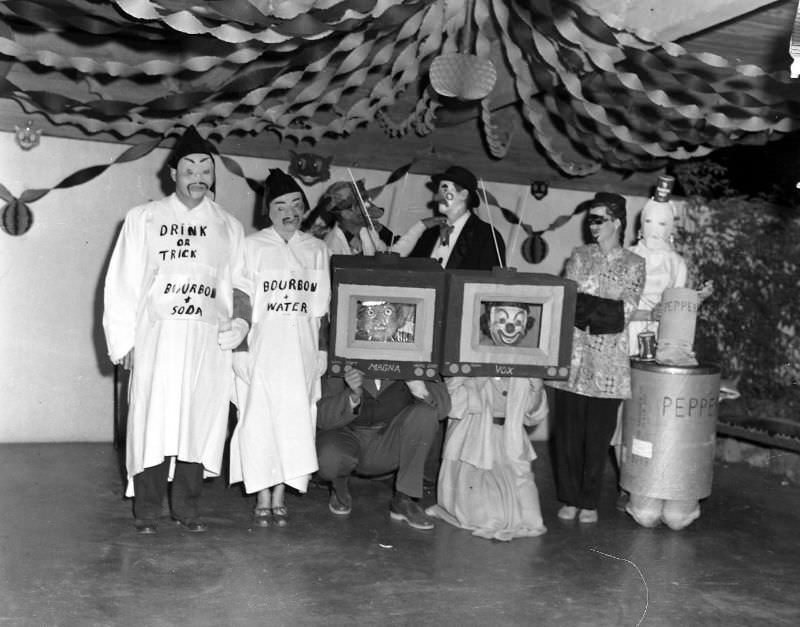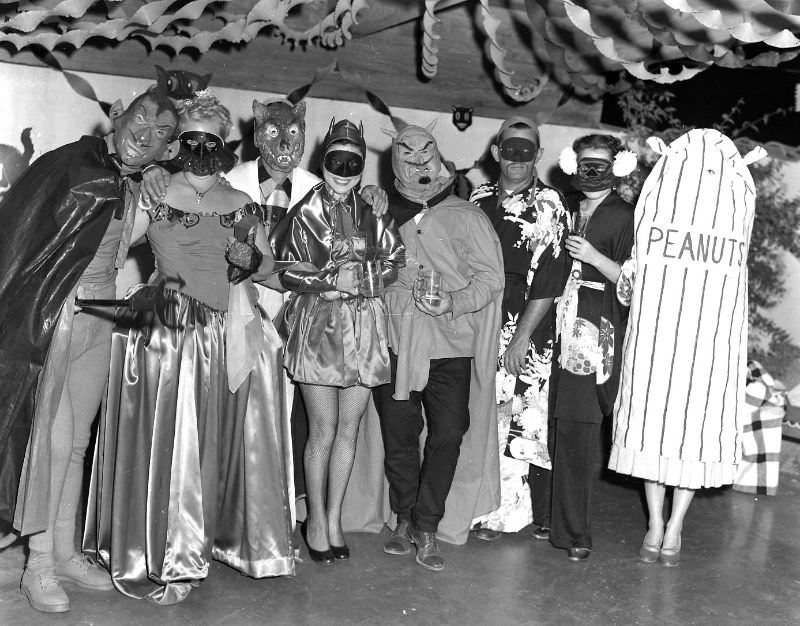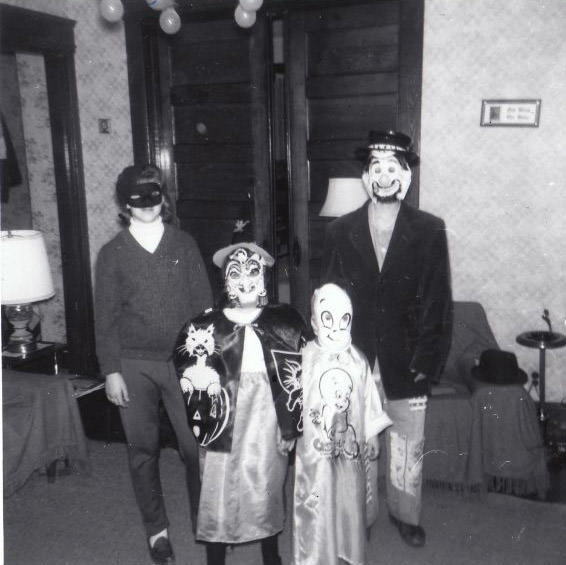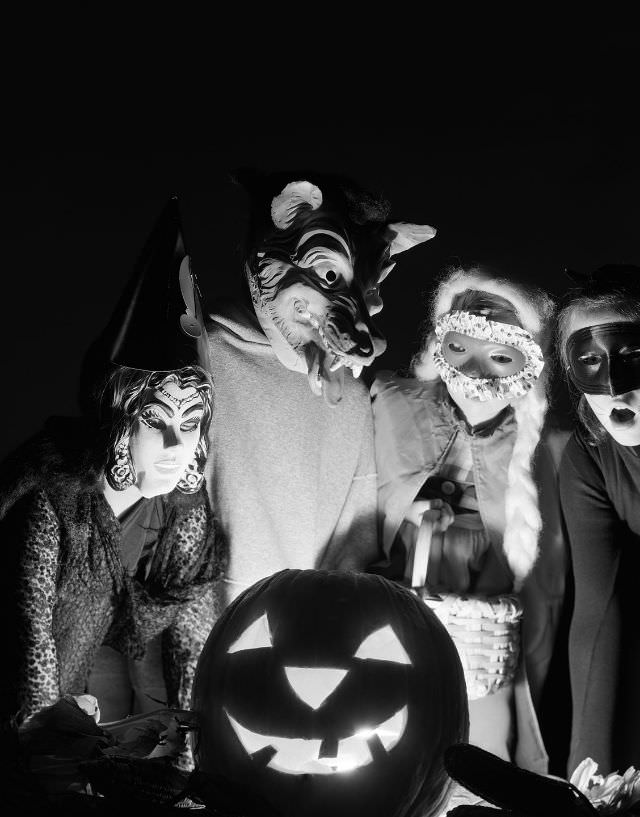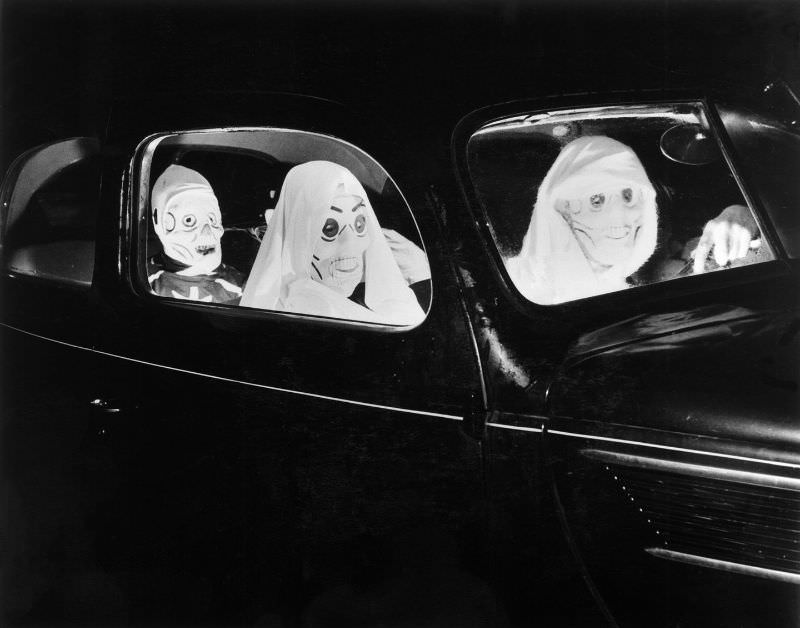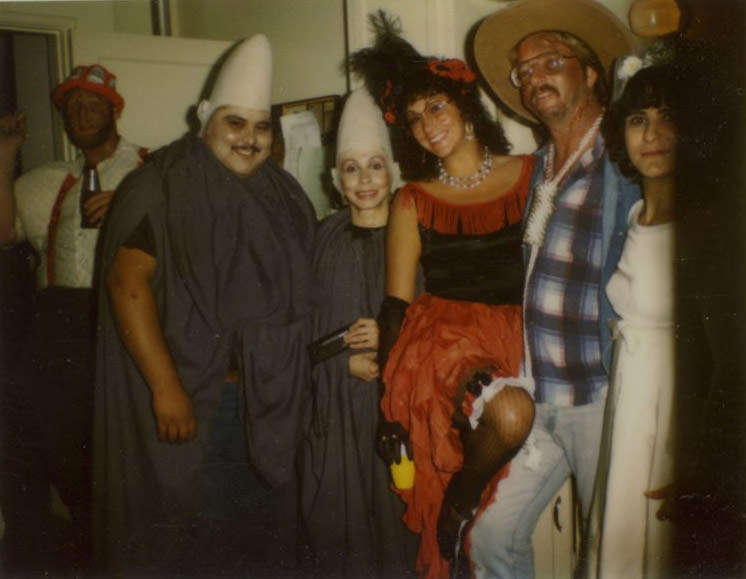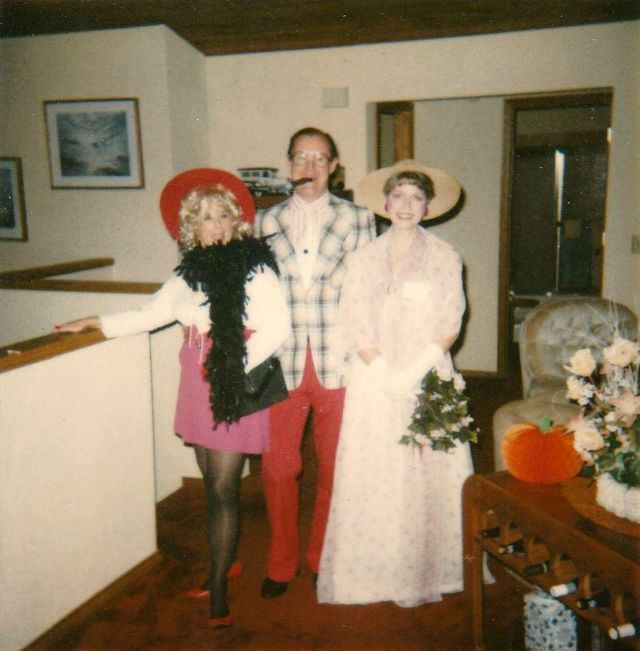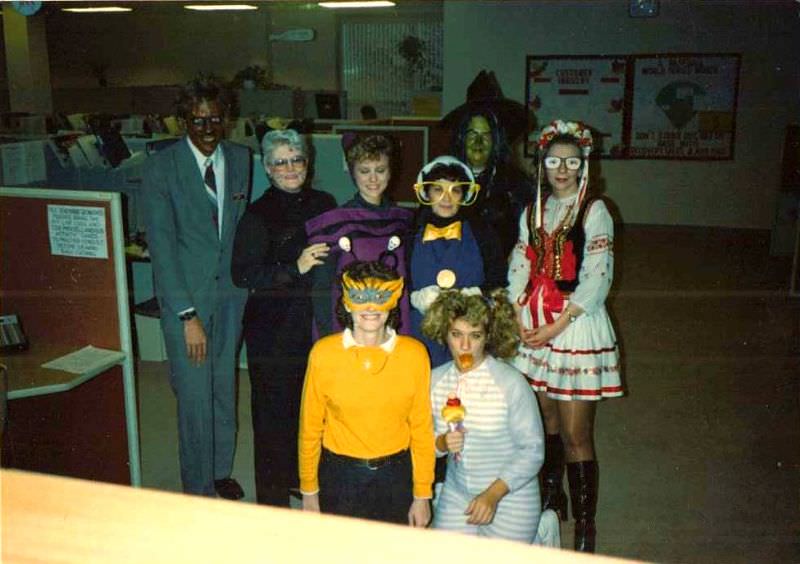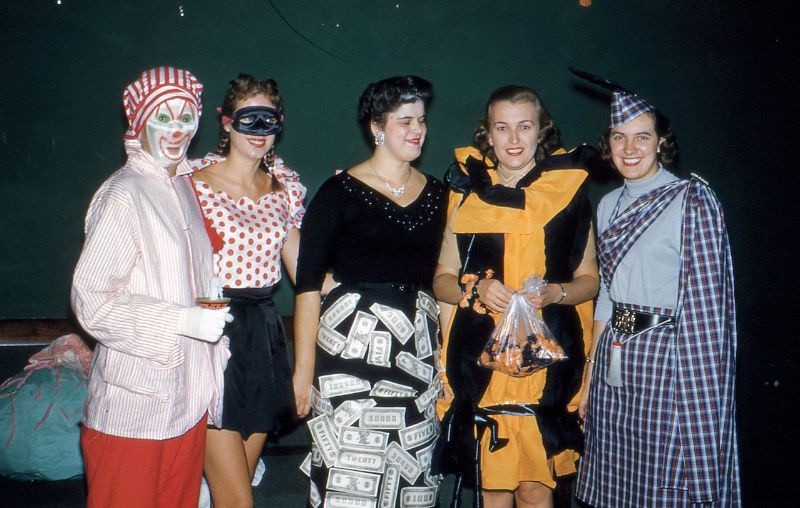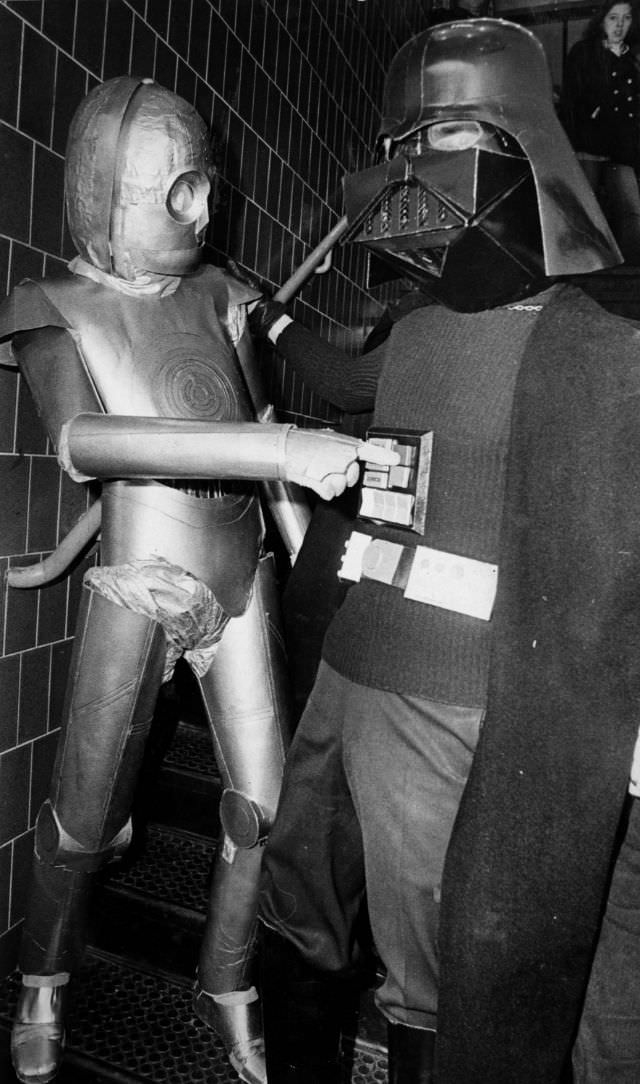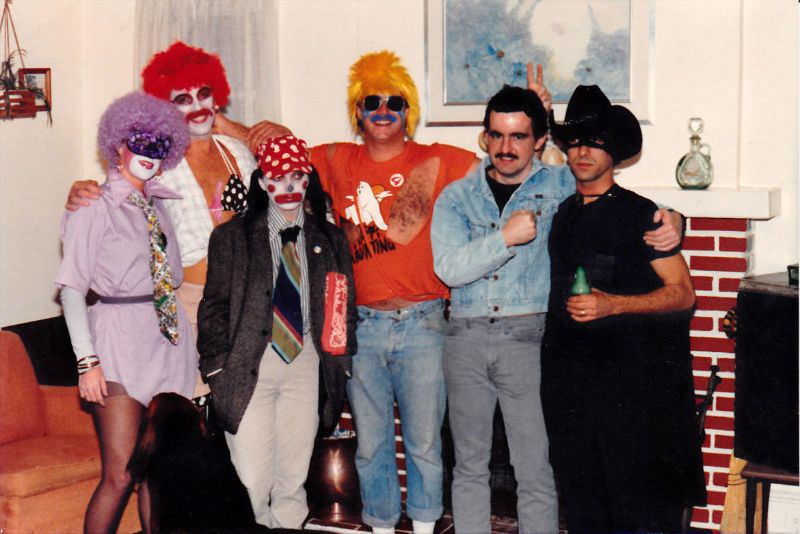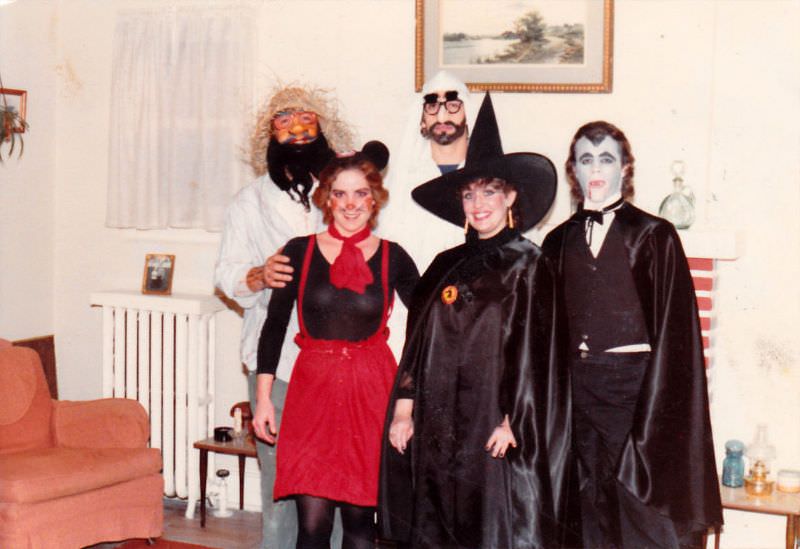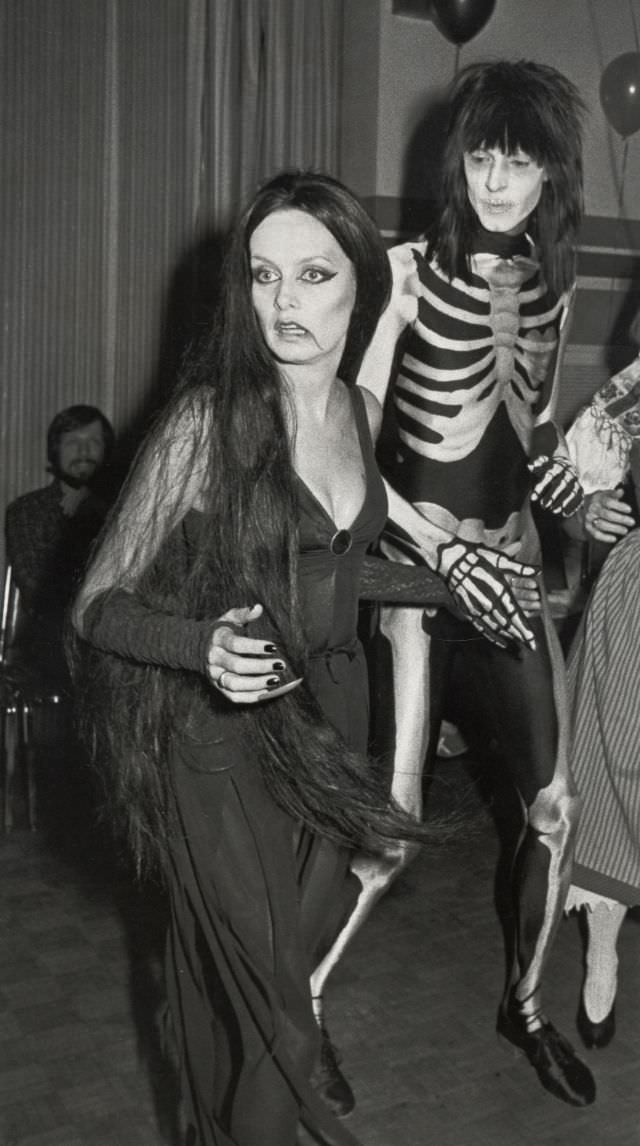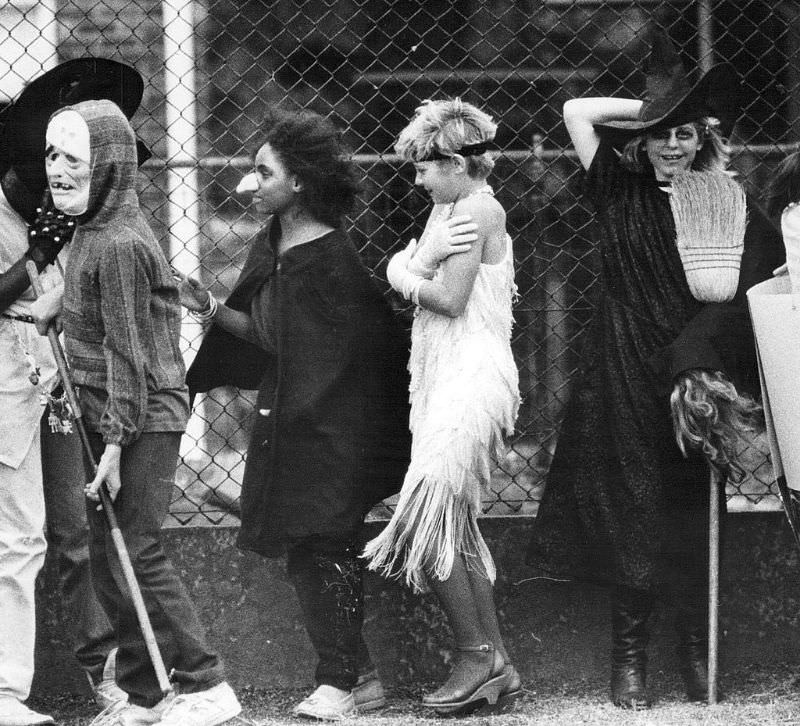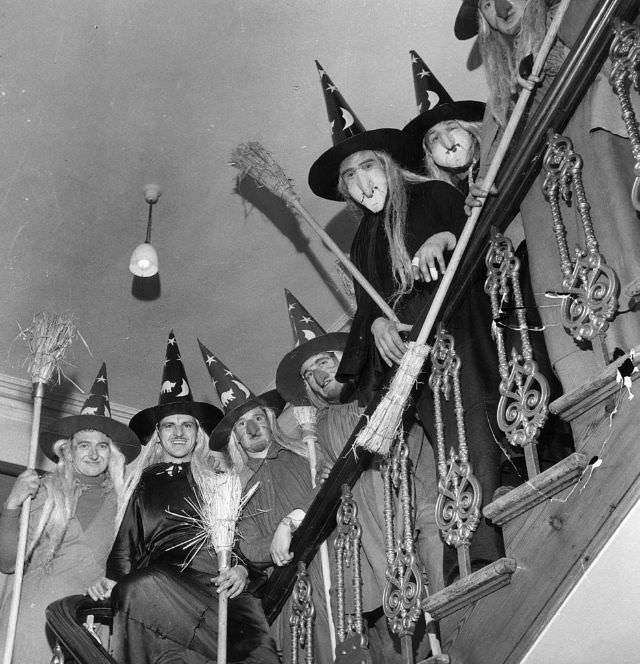Long before trick-or-treating and costume parties became the norm, Halloween celebrations had a much more mysterious and mystical vibe. It all began with the ancient Celtic festival of Samhain, when people would light bonfires and wear costumes to ward off ghosts and spirits. They believed that the veil between the world of the living and the dead was at its thinnest during this time, making it the perfect opportunity for supernatural beings to roam the earth.
Fast forward to the Middle Ages, when Halloween took on a more religious tone. All Hallows’ Eve, as it was called then, was the day before All Saints’ Day, a Christian feast honoring the saints. People would hold “souling” events, where they’d go door-to-door asking for “soul cakes” (a type of pastry) in exchange for prayers for the dead. It was also common for folks to dress up as saints or other religious figures during this time.
As we venture into the 19th and early 20th centuries, Halloween started to resemble the holiday we know today. In the United States, the influx of Irish immigrants in the 1800s brought their Halloween customs with them, and soon, the celebration spread across the country. Jack-o’-lanterns, which were originally carved from turnips in Ireland, were now being carved from the more readily available pumpkins in America.
During this time, Halloween parties became increasingly popular, featuring games like bobbing for apples and fortune-telling activities. People also enjoyed dressing up in costumes, but they were often homemade and much simpler than the elaborate get-ups we see today. Think sheet ghosts and paper-mache masks!
By the mid-20th century, Halloween had transformed into the kid-friendly, candy-filled celebration we’re familiar with. Trick-or-treating became a widespread tradition, and costume shops started popping up, offering a wide range of costumes for all ages. Halloween decorations and haunted houses became more elaborate, and the holiday continued to grow in popularity.


